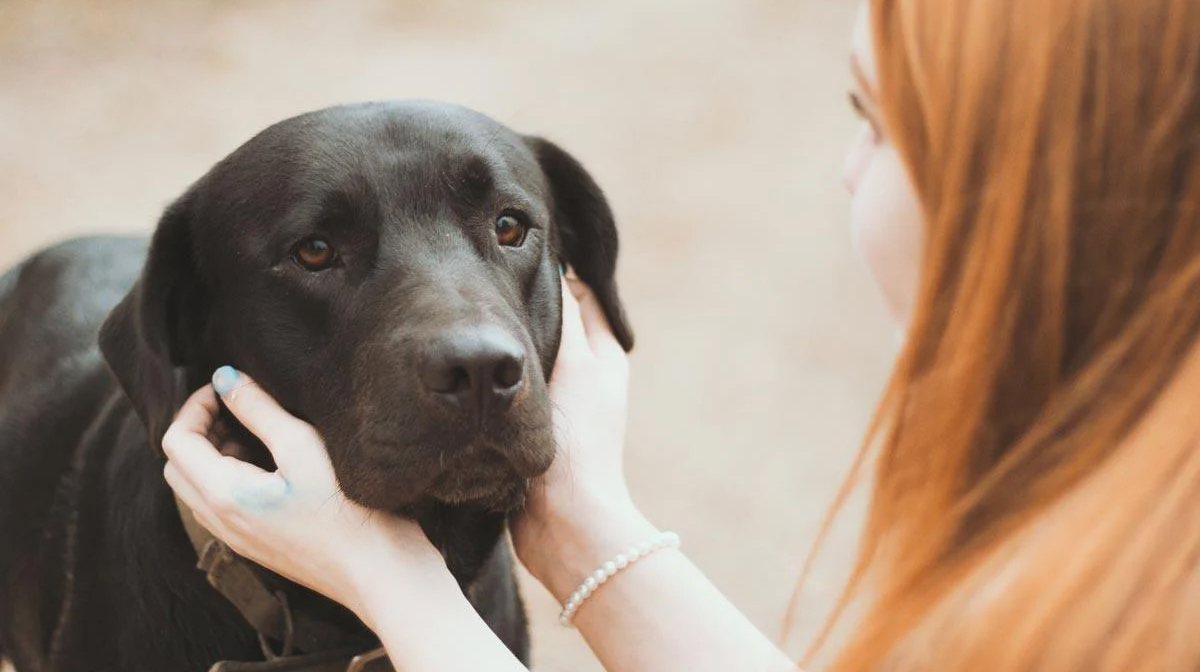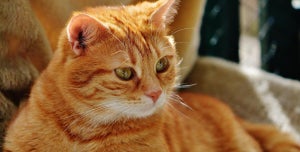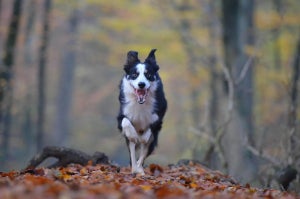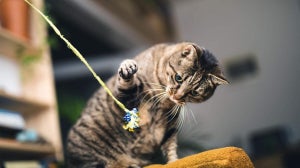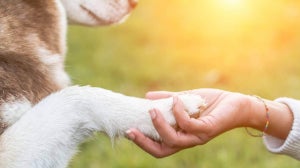
Has your dog lost its shape? Are they begging for treats all the time? Are they no longer interested in exercise?
The above could be indicative of other health problems, but if they’re otherwise fine, they may just be storing a few extra pounds. It’s a good idea to monitor your dog’s weight as it can really affect their health. If you are concerned or unsure, why not take your dog to the vets for a weight check. They can advise you whether your dog is the correct weight for their breed and size.
How is your dog’s body weight measured?
A good tool which can be used to assess your pet’s weight is Body Condition Scoring. This allows you to assess the amount of fat your dog is carrying. This is based on a 9 point scoring system, where 1 is underweight and 9 is obese.
The tool encourages you to carry out a physical and visual check of your dog’s shape in order to place them on the chart. Although your Veterinary practice can check the weight and Body Condition Score of your dog, it is also a really good idea to regularly perform this yourself.
It can easily be done in a couple of minutes each week! If your dog is an ideal shape they will have a score of 4 or 5. If you score your dog a 6 or above then it means they are overweight and we would recommend you contact your Veterinary practice. They can offer advice and support to help your pet get back down to an ideal weight, shape and score.
So, what can you do?
Okay, so you’ve discovered that your dog is looking a little too round… now let’s take a look at a few of the steps you can take:
What are you feeding your dog?
If you think your pet is overweight, speak to your Vet. They will be able to advise you on what diet would be best to help your pet lose weight, as well as the amount to feed.
James Wellbeloved offers two delicious light dog foods in lamb and turkey which are specially designed to promote a slow and steady weight loss.
If you are using treats, choose low-calorie options like courgette instead of the off-the-shelf high calorie treats. If you choose to use things like courgette as a treat, make sure you cut them up to an appropriate size for your dog – you don’t want them to be too big for your dog to eat, or too small so they choke!
Another alternative is to portion off some of their daily food allowance and use their normal complete kibble as a treat. Chances are, if they enjoy their food so much that they’ve gained a bit of weight, they’ll be willing to work for any kind of food, even if they eat it all the time! Consider how you measure out their daily food ration: measuring cups, handful of kibble or just enough to cover the bottom of the bowl.
It is very easy to over or under feed your dog, and the most accurate way to ensure they receive the correct amount of food is to weigh the food out every day using digital scales. It doesn’t take much time, but can make a big difference to your dog’s weight and body shape.
A food diary
We recommend setting up a food diary to get your dog from fat to fit. Record everything that you feed them, including table scraps and the occasional treat. This way you’ll see the ‘extras’ they’re getting – generally all the things that you’ll forget about. You’ll be shocked at all the forgotten food they are consuming!
It’s also very easy to underestimate the amount of calories in the human table scraps which are routinely offered to our pets. As many commercial diets are nutritionally complete, any extra that you feed your pet outside of their recommended diet will exceed their calorific needs and contribute to weight gain.

